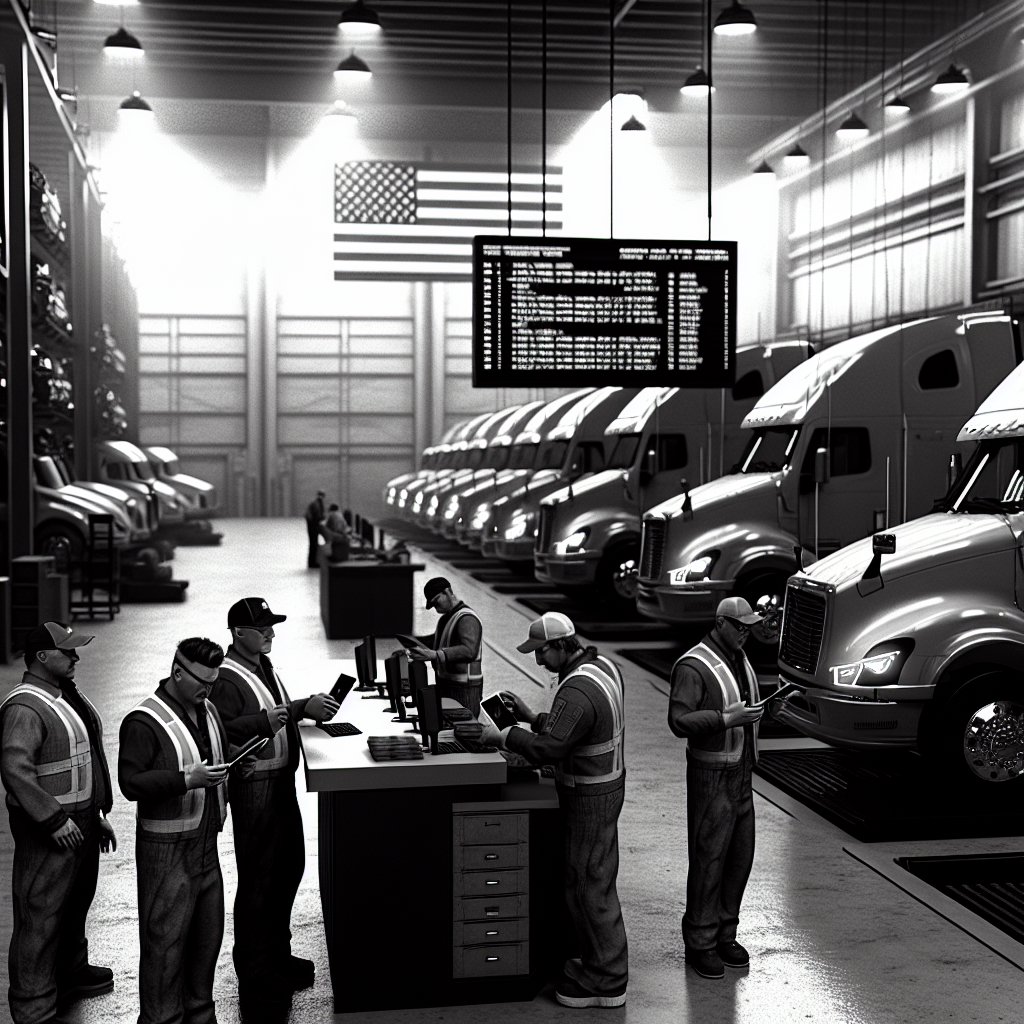Cox Automotive is consolidating its fleet maintenance businesses into one organization, combining roadside, mobile and managed maintenance services under a single umbrella. The move brings the company’s Fleet Services and FleetNet America operations together with the aim of giving shippers and motor carriers one point of contact, one platform and unified reporting on both scheduled and unscheduled repairs, according to details shared with FreightWaves on October 8, 2025.
Why it matters: fleets have long juggled separate providers for preventive maintenance, shop work and emergency roadside. Cox is betting that a single network and a shared data spine can collapse handoffs, shorten time-to-dispatch for breakdowns, and make it easier for back offices to reconcile invoices across shops, mobile units and tow events. The company says the integration is designed to tighten PM compliance and bring better visibility into total cost of maintenance at the asset level.
Timing and scope: the integration is underway now, with Cox targeting January 1, 2026, for full unification and a single brand experience. For carriers and private fleets, that translates to one service relationship spanning mobile technicians, captive and partner shops, and nationwide roadside response — all managed through harmonized systems and a consolidated billing structure.
The market context tilts in Cox’s favor. Diesel prices have edged down in early October, with the U.S. on‑highway average at $3.711 per gallon for the week of October 6. Lower pump prices don’t erase maintenance inflation, but they do free up cash flow that many fleets can redirect to uptime and equipment readiness heading into peak season.
Energy outlooks also point to softer fuel pressure ahead: the U.S. Energy Information Administration this week raised its 2025 oil output forecast and flagged an oversupplied crude market that could keep prices contained into next year — a potential tailwind for operating budgets as fleets plan 2026 service strategies.
What to expect if you’re a maintenance leader:
– Contracts and contacts: expect migration toward a single master services agreement and a unified account team. Build in time with procurement and AP to align vendor IDs, remit-to addresses and tax documentation before year-end cutovers.
– Systems alignment: if your shop or TMS ingests maintenance data today, ask for the integration path and API roadmap so VMRS codes, asset IDs and cost buckets map cleanly post-merger. A short reconciliation window now can prevent months of messy cost reporting later.
– Uptime guarantees: verify SLA language during the transition — response-time clocks for roadside, PM scheduling windows, parts-availability triggers and escalation paths. Update driver communications so they know the single call/app flow for breakdowns.
– Billing and audit: monitor the first consolidated invoices for labor-hour standards, parts markups and core returns. A quick three-way match (work order, telematics timestamp, invoice) can catch early integration drift.
– Change management: ask for your migration timeline and any regional routing changes that could affect lead times to shops. In winter-sensitive lanes, confirm surge capacity plans and mutual-aid coverage across the combined network.
The bigger picture: maintenance is quietly becoming an information business. If Cox executes on its promise of unified data — tying roadside events to PM schedules, technician notes, parts usage and failure modes — fleets could gain earlier warnings on recurring issues, better spec’ing decisions, and tighter control of cost-per-asset. That’s the upside. The risk, as with any large-scale integration, is short-term friction: new portals, new ticketing flows and network rebalancing. The fleets that stay close to their account teams, insist on data continuity, and pilot the unified workflow early are likely to capture the benefits first.
Bottom line: Cox is trying to simplify a fragmented maintenance experience at a moment when fuel relief and a cautious freight market are giving operators room to tune their cost structure. If the company can convert scale into speed — and put clean, consolidated maintenance data back in the hands of fleet managers — the payoff is fewer interruptions and more predictable cost curves in 2026.
Sources: FreightWaves, U.S. Energy Information Administration, Reuters
This article was prepared exclusively for TruckStopInsider.com. Republishing is permitted only with proper credit and a link back to the original source.




